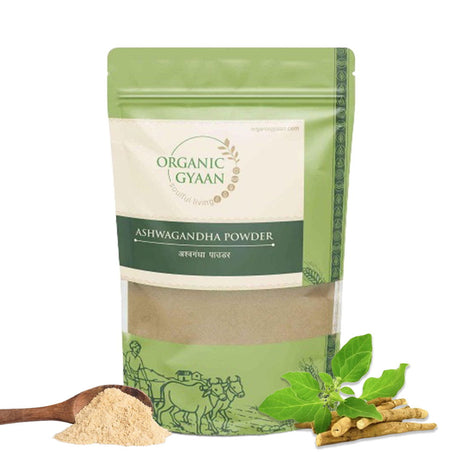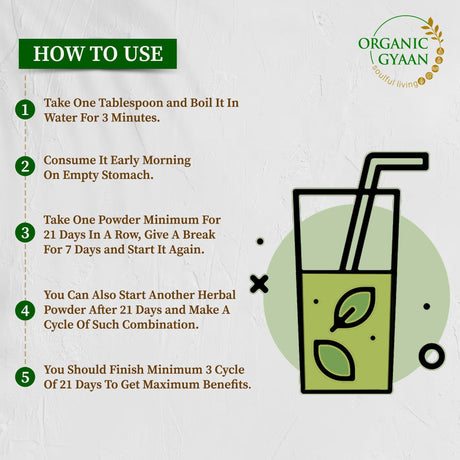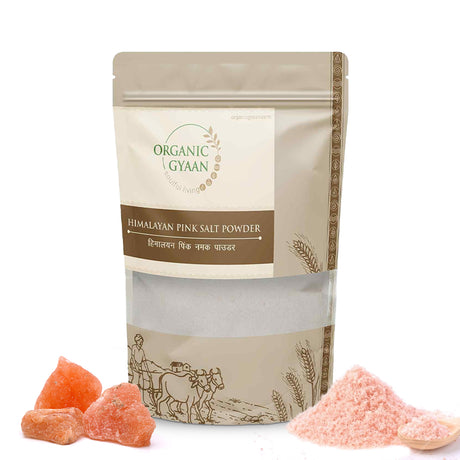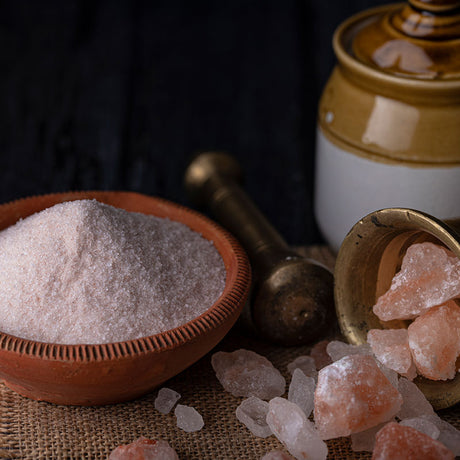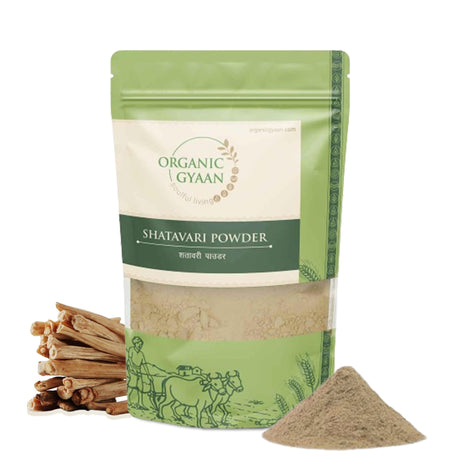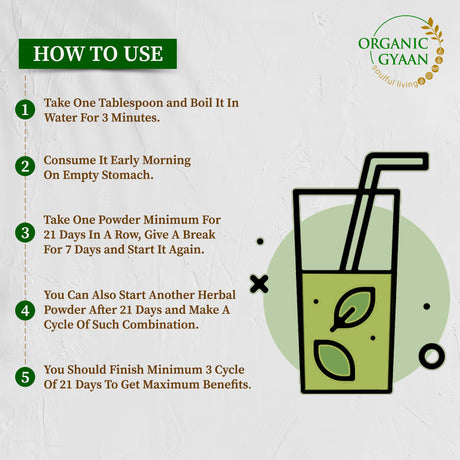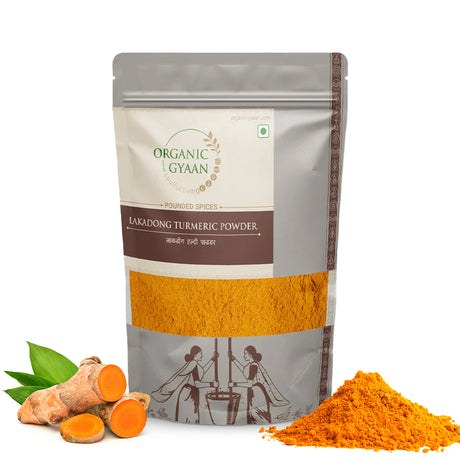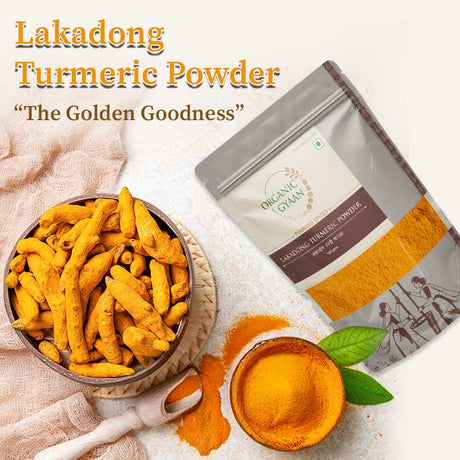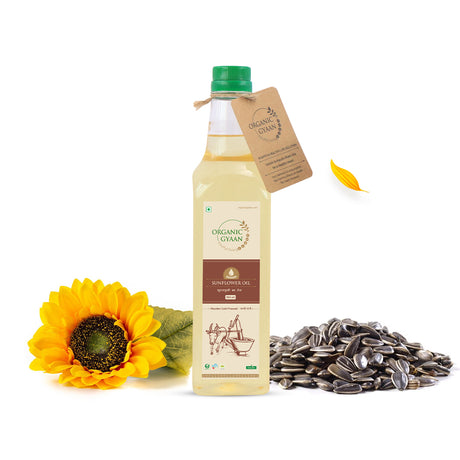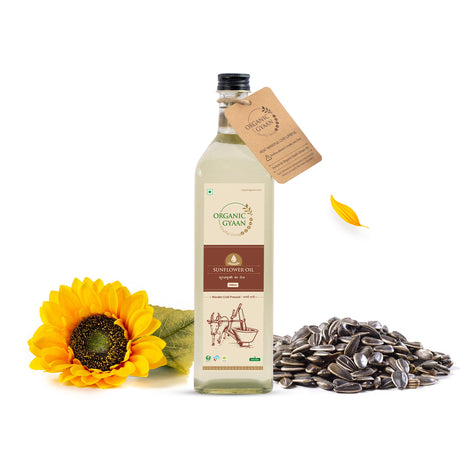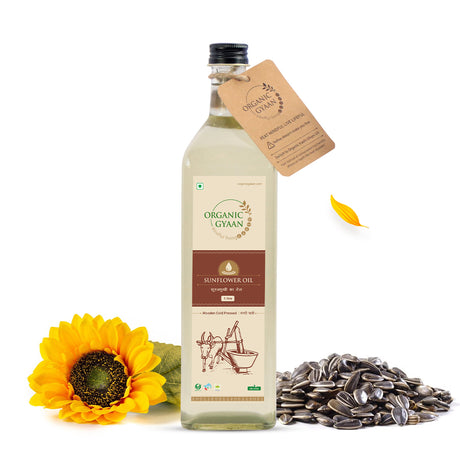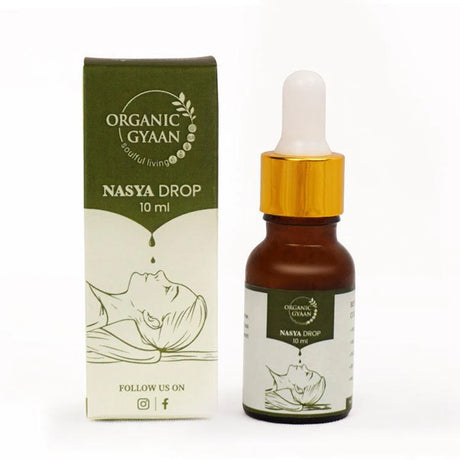Diabetes is a growing concern worldwide, and many people are turning to natural remedies for support. One such remedy that’s been used for centuries in traditional medicine is turmeric. But is turmeric good for diabetes?
Recent studies and traditional practices suggest that turmeric—particularly its active compound, curcumin—may help manage blood sugar levels, reduce inflammation, and support overall metabolic health.
This blog explores turmeric’s role in blood sugar control, how you can take it, and answers common questions like “how quickly does turmeric lower blood sugar” and “does turmeric lower blood sugar” at all.
Why Turmeric Might Help with Diabetes
Turmeric, the golden spice commonly used in Indian cuisine, contains curcumin, a compound known for its anti-inflammatory and antioxidant properties. For people managing diabetes, these properties may offer some serious benefits.
1. Supports Insulin Sensitivity
Curcumin may improve how your body responds to insulin. This means glucose can enter cells more efficiently, keeping your blood sugar in check.
2. Helps Lower Inflammation
Chronic inflammation is often present in people with diabetes. Turmeric naturally reduces this inflammation, making it easier for your body to manage sugar.
3. Protects Pancreatic Cells
Curcumin has been shown to protect the beta cells in the pancreas—the very cells responsible for insulin production.
4. Antioxidant Power
Oxidative stress is a common problem in diabetes. Turmeric acts as a natural antioxidant, helping the body neutralize damaging free radicals.
Is Turmeric Good for Diabetes?
Yes—when used consistently and correctly, turmeric can be a helpful part of your diabetes care plan. It’s not a replacement for medications or insulin, but it’s a supportive tool that may improve your overall health and reduce some of the symptoms and complications related to diabetes.
How Quickly Does Turmeric Lower Blood Sugar?
This is a popular question, and the answer varies from person to person.
- Short-term: Some people may see mild improvements in fasting blood sugar within a few weeks.
- Long-term: The best results often come after 2–3 months of consistent turmeric use.
It’s important to remember that turmeric is not a quick fix. Rather, it’s most effective when taken regularly as part of a balanced lifestyle.
Does Turmeric Lower Blood Sugar?
Yes, turmeric has been shown in some studies to help lower blood sugar levels. It may reduce fasting blood glucose and support better insulin function. However, the effects may be subtle and gradual—so be patient and consistent.
If you're taking diabetes medication, keep an eye on your sugar levels, as turmeric could enhance the effects of your meds and cause low blood sugar if not monitored.
Best Ways to Take Turmeric for Diabetes
There are many ways to enjoy turmeric. Here are the most effective and diabetes-friendly options:
1. Turmeric in Food
This is the most natural and easy way to start. Add turmeric to your:
- Curries and lentils
- Vegetable stir-fries
- Soups
- Rice or millet dishes
Important: Turmeric must always be paired with black pepper (piperine). Without it, your body struggles to absorb curcumin effectively. Black pepper enhances absorption by up to 2000%, making it a non-negotiable companion for turmeric. Think of them as a powerful duo—you simply don’t get the full benefits without both.
2. Golden Milk
Warm milk (dairy or plant-based) with turmeric, cinnamon, black pepper, and a dash of ghee is a soothing bedtime drink. It’s nourishing and supports blood sugar balance.
3. Turmeric Supplements
If cooking with turmeric isn’t your thing, you can opt for capsules. Look for supplements that contain curcumin with piperine for better absorption.
Recommended dosage: 500 mg to 2000 mg daily, depending on your needs and doctor's advice.
4. Turmeric Tea
Simmer fresh turmeric root or powder with water, ginger, and lemon for a refreshing, anti-inflammatory tea that’s perfect any time of day.
5. Health Shots
Health shots are small but mighty drinks made to deliver quick wellness benefits. A typical shot includes:
- Turmeric
- Ginger
- Apple cider vinegar
- Lemon juice
- Black pepper (must-have for proper curcumin absorption)
Whether store-bought or homemade, always include black pepper in your turmeric-based drinks. It ensures your body absorbs the goodness of curcumin. Try taking your turmeric shot on an empty stomach in the morning—this can boost absorption, reduce bloating, and kickstart your digestion for the day.
How to Maximize the Benefits
To get the most from turmeric:
- Take it consistently – Daily intake is crucial for long-term results.
- Always combine with black pepper – Without it, most curcumin passes through the body unused.
- Pair with healthy fats like A2 ghee or cold-pressed coconut oil – This enhances curcumin’s absorption.
- Take turmeric drinks on an empty stomach – Especially in the morning, this boosts absorption, reduces bloating, and supports digestive health.
- Use high-quality turmeric – Prefer Lakadong turmeric, known for its exceptionally high curcumin content (7–12%) compared to regular turmeric (which typically has 2–3%). It’s richer in color, stronger in flavor, and far more potent medicinally.
Precautions and Side Effects
While turmeric is generally safe, there are a few things to keep in mind:
- Medication Interaction: Turmeric may enhance the effects of diabetes medication, which could lead to low blood sugar. Always monitor your glucose levels.
- Bleeding Risk: If you’re on blood thinners, check with your doctor.
- Digestive Upset: In rare cases, high doses may cause stomach discomfort or diarrhea.
As always, consult with your healthcare provider before starting any new supplement.
Combine Turmeric with a Holistic Lifestyle
For best results, use turmeric alongside other natural, diabetes-supportive habits like:
- Eating whole grains like millets and lentils
- Managing stress through yoga or meditation
- Staying hydrated with herbal teas or infused water
- Getting at least 30 minutes of movement daily
- Sleeping 7–8 hours a night
Final Thoughts: Is Turmeric Good for Diabetes?
Yes, turmeric is a valuable, natural way to support blood sugar control. While it’s not a cure, it can help lower inflammation, improve insulin sensitivity, and gradually reduce blood sugar when taken consistently.
To recap:
- Turmeric does lower blood sugar, but slowly and steadily
- It works best when combined with a healthy lifestyle
- Consistency and the right form (powder, tea, or supplement) matter
- Be mindful of your medications
So if you’ve been wondering, “how can turmeric be taken for diabetes?”, the answer is: start small, be consistent, and make it a regular part of your day.
Try adding a pinch of turmeric to your lunch today or sip on some golden milk tonight. Small steps lead to powerful results over time.
Let us know how it works for you—and stay tuned for more natural wellness tips for diabetes support.




